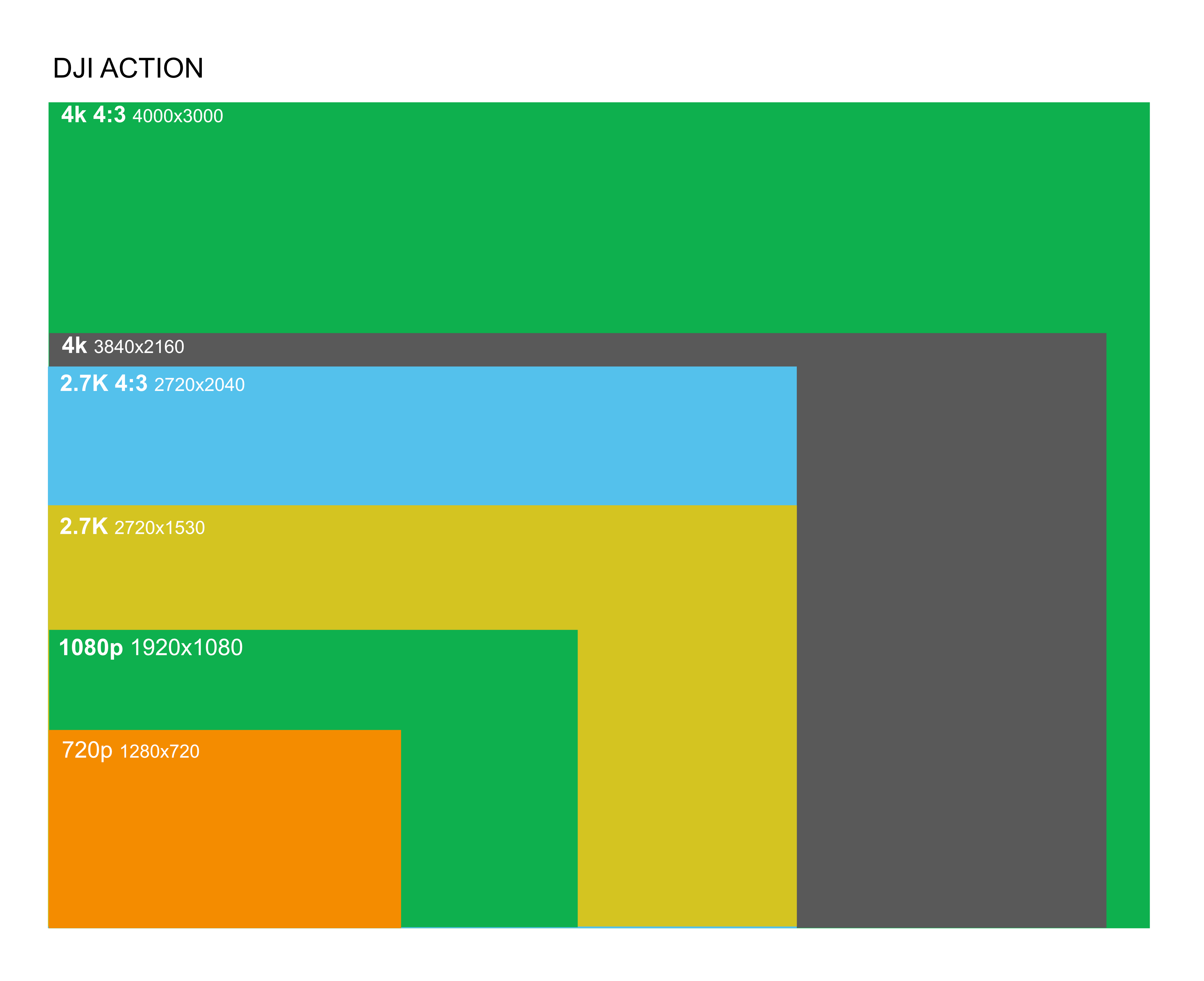My NAS DS214+ disk (2x 3TB, in a Raid-1) were filling up. Time to look for a new setup. I considered two options:
- Keep my existing DS214+ NAS and upgrade the disks to e.g. 8TB (or even 16TB).
- Get a new NAS, some new disks and reuse (or not) the current 3TB drives in a mix and match raid (SHR) setup.
To have a more future-proof solution, I decided for option 2. After reading several reviews, I concluded to go for a 4 bay solution: Synology DS920+ NAS. Reused the 3TB from my old NAS and added 2 new 8TB disks in a Synology Hybrid Raid (SHR) configuration. Theoretically, this would lead to a 14TB, in practice to 12TB, available space with protection against failure of 1 drive (8TB used for protection). Coming from 3TB a significant step up.
When needed, this configuration could grow in a SHR setup to a maximum of 48TB, when using 4x 16TB harddisks. So still significant growth opportunity. But the most likely next step would be a replacement of the 3TB disks for a 8TB into a 24TB solution.
But how to migrate from the DS214+ with 2x 3TB to the new setup on the DS920+ with 2x8TB and reuse of the 2x3TB from the DS214+. Including changing from ext4 filesystem to btrfs. And as I will likely run some docker images and possibly also some virtual machines, a RAM upgrade of 4GB (taking it to a total of 8GB).
First choice to be made: migrate, or have a clean setup. I decided to go for a clean setup and copy the data over from the old NAS to the new one. Easier set than done.
- The first step is to run a Hyperdrive backup to a USB disk (I used a 4TB Seagate One Touch for this). As the source size is maximal 3TB, a 4TB USB disk is perfect to make a backup of everything.
- Initialise new DS920+ setup. Now this is important (I learned to hard way). Start with one of the 3TB disks (in slot-1) and set up an SHR pool and 1 volume with the BTRFS files system.
- Plug in the 8TB in slot 3 and 4. Now add these disks to the pool. This will create a space of roughly 10TB. The adding disks will take quite some time. As a matter of security, leave one of the 3TB disks still in the old (DS214+) NAS. It will go to degraded state, but all your files are still there.
- Recover the files from the backup to the new DS920+ NAS. Now you have your data on the new NAS, on the old NAS and USB disk.
- Now start using your new NAS for a few days and see if everything works and all data you need is available on the new NAS. The old NAS still functions and can be used to check and fall back to.
- Setup backup to the cloud on the new NAS. I use the idrive service (5TB for 79$ and 10TB for 99$).
- After everything is working correct, the last step is now to migrate the last 3TB to the new NAS (in slot 2). And add this one to the pool. Again, this will take some time to finalise.
- Now all set and done. Leave the system alone for a bit of time. And as the last step, place the extra RAM module. I used the original and supported 4GB module (D4NESO-2666-4G).
It took quite some time to complete the upgrade. But, I have now a 12TB setup with a DS920+, with reuse of my old 3TB drives. And enough future upgrade opportunities to grow into a maximum of 48TB.








